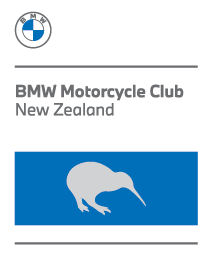Home › Forums › General Discussion › BMW to introduce new integral ABS and ASC
-
AuthorPosts
-
Anonymous
Guest14/07/2006 at 9:16 pmPost count: 2134July 8, 2006 BMW’s announcement of its next generation Integral ABS this week could easily be overlooked as just another slightly better mousetrap, as anti-lock braking is not new. Indeed, in terms of function, the new ABS is not nearly as significant as the underlying technology and what it will mean for the future. The new Integral ABS incorporates the braking system into a fully networked system and provides the foundation for additional dynamic riding control systems. The first step in this direction will be known as BMW Motorrad ASC (Automatic Stability Control) and will be introduced on both K and R series motorcycles as an option next year. The idea behind ASC is to prevent the rear wheel from “spinning up� when accelerating on slippery surfaces or the front wheel from getting airborn under acceleration. ASC is the logical counterpart to ABS. The ABS wheel sensors determine the speed at which the wheels are turning. Registering any sudden change in the difference in speed front-to-rear, the electronic control unit is able to detect any risk of the rear wheel spinning. The immediate response is to interrupt the ignition to reduce engine power. If this is insufficient to restrict wheel slip, fuel injection is also interrupted. Of course the rider is able to deactivate the ACS at anytime, even on the move. Acting together, these two functions enhance riding stability and thus help to ensure a higher standard of safety on the road.

The new system naturally maintains the proven semi-integral function. This provides automatic activation of the rear-wheel brake when the front brake lever is operated. Depressing the footbrake alone activates only the rear brake.

As with the previous system, the advantages of this integral brake are ideal brake force distribution on both wheels under all conditions, naturally taking load conditions into account. It also gives early warning of the rear wheel lifting when braking harshly, allowing the rider to take appropriate counter-action.


-
AuthorPosts
- You must be logged in to reply to this topic.
